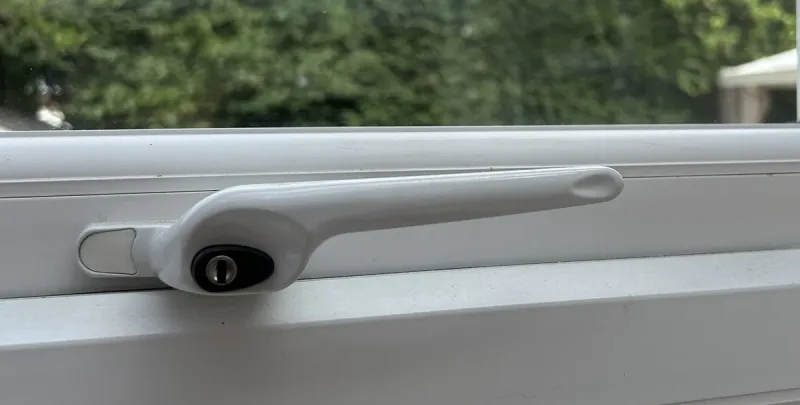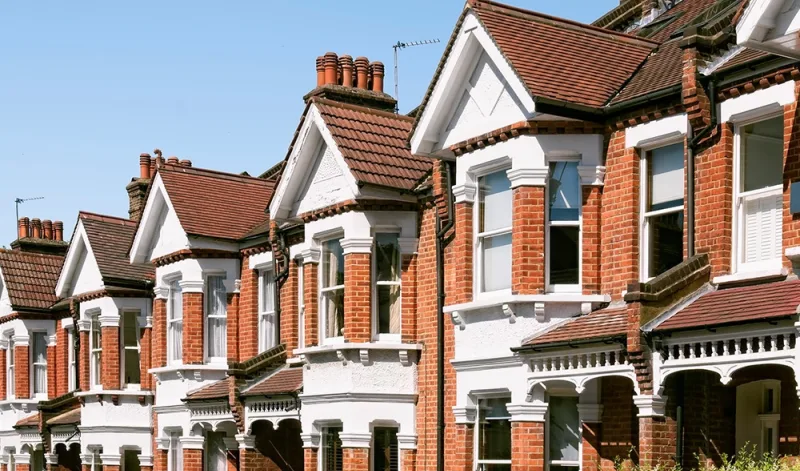There have been recent reports that laws are to change outlawing the practice of providing females with cheaper car insurance. So, whats the story behind this? Well basically, for a good many years some insurance companies have been providing females with a better deal, not because they are female and not because they have fewer accidents, statistics show that when they do have accidents, the amounts paid out in respect of the claims are less. Less money paid in claims, equals more profit for insurance companies and cheaper premiums.
Insurance companies have made use of statistics for years to help underwrite risks. Whether you realise it or not, all insurance risks be it home insurance or accident insurance or whatever are under written so as the insurance company endeavour to charge the right rate for the right risk.
The fundamental business of any insurance company is to take premiums in exchange for insurance cover and pay claims. Underwriting is the process by which an insurer evaluates risk based on the answers to a generic set of questions (The question set depends of the class of business and the risks involved, thus home insurance will have a different set of questions to car insurance) The answers to the questions will allow the insurer to determine whether to enter in to a contract and at what price.
This price or premium rating is of paramount importance to the insurance company making a profit and being able to pay claims, of course being sympathetic at the same type to the competitiveness of the market in which they are operating. Whilst most companies seek to underwrite for profit, some deliberately offer below market rates, perhaps to obtain a strategic position and obtain a new client bank.
In the main, underwriting decisions are made as a result of experience. Insurers are privy to data from large numbers of homogonous risks and they are able to make assumptions on future expected claims based on past experiences. Thus, if a particular group of people, could be female, could be male could be over fifties produce better than average claims results then it would be common sense for the insurer to want to increase its book of business by seeking more risks of that type. In many cases, the insurer does not seek to avoid âbigger risks, they simply charge more premium for them to cover anticipated losses and still be able to make a profit. Only when a particular risk falls outside an insurers underwriting criteria will a risk be declined. Basically, it is possible to make a profit on most types of insurance risk, providing you charge enough premium.
As well as these recognizable groups, underwriters also try to determine the effects of both moral and physical hazards that may affect the suitability of risk. Moral hazard relates to the individuals attitude towards insurance, rather than the more tangible elements of the risk. Certain individuals may be inclined to exaggerate claims or be less pre-disposed to preventing them from happening. Certain occupational classes have also been shown to generate a poorer loss ratio. These tendencies tend to be reflected in claims experience and insurance companies are able to spot them. Physical hazard relates to the more tangible side of the risk and will include for example the construction of a home, a thatch roofed building is an example of a building with a strong physical hazard associated with it.
Our web site is mainly associated with the insurance of homes and property and there are a large number of factors that can influence a proposal for this class of business. If we take the whole building insurance market and include commercial buildings as well as domestic dwelling houses, then the two factors that are the most important are the construction and the use of the building. Insurers have a definition for standard construction and anything that falls outside of this may possibly be deemed to be a greater risk. With regard to a commercial building, property that is used for certain purposes or has certain types of goods used or stored on the premises may be factors to warrant an increased premium.
Buildings can also have good physical features that can help reduce premiums, these could include good quality fire prevention devices and security systems, be it a commercial or domestic building, anything that helps prevent a loss will be viewed in a good light by the insurance company.
Relating this back to our first comments about insurance discounts, we can look at this in another manner, there must be equity amongst policyholders and it would be totally unfair if one policyholder was constantly subsidizing another. Premiums must reflect the level of risk the insurer is taking even if that means particular groups are upset by the decision process. As of yet, no one has found an effective method of underwriting on an individual basis and certain generalisations must be made to enable insurers to write business in an efficient and profitable manner.





























